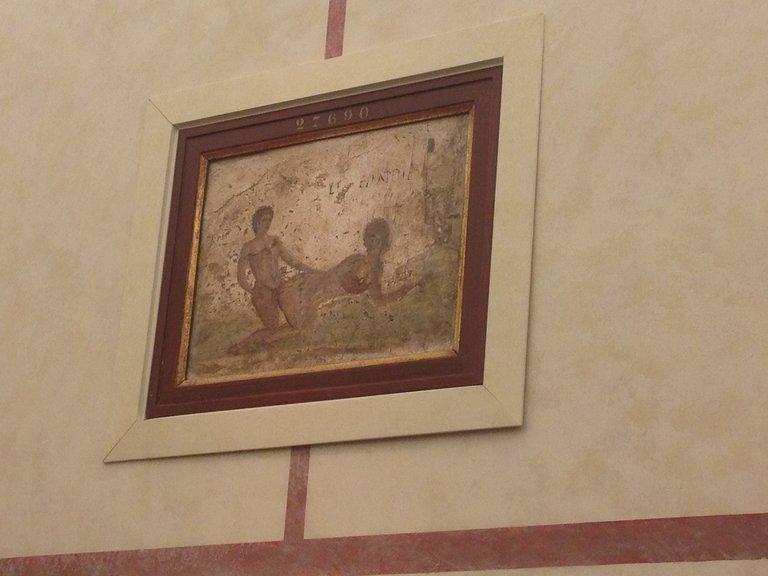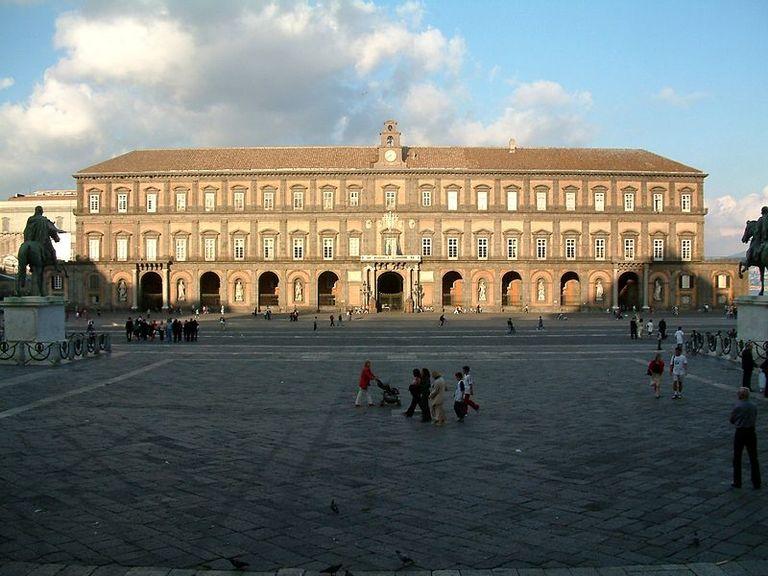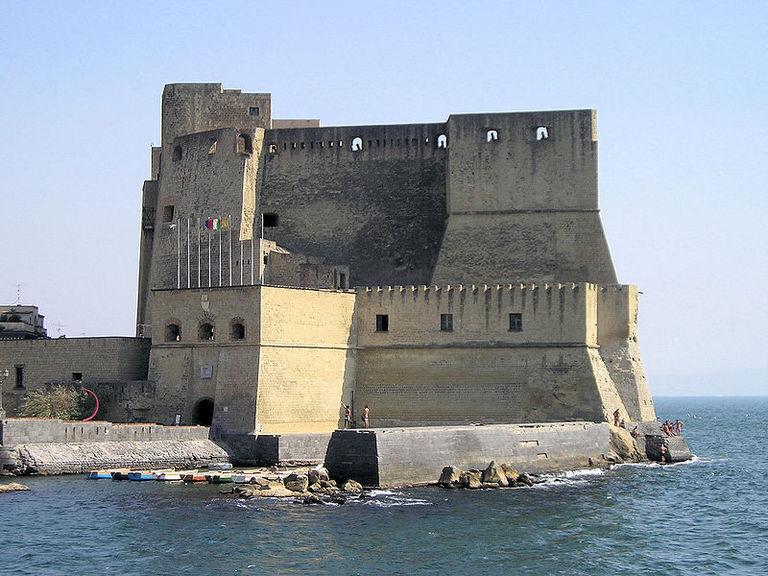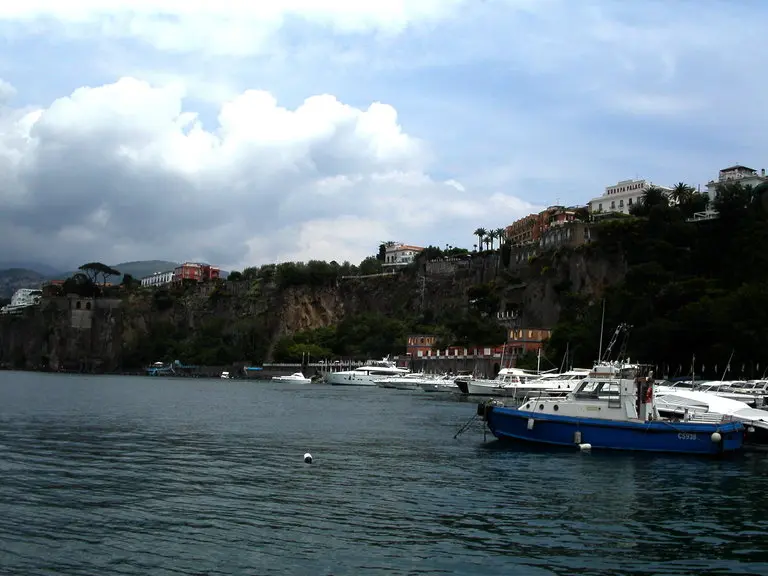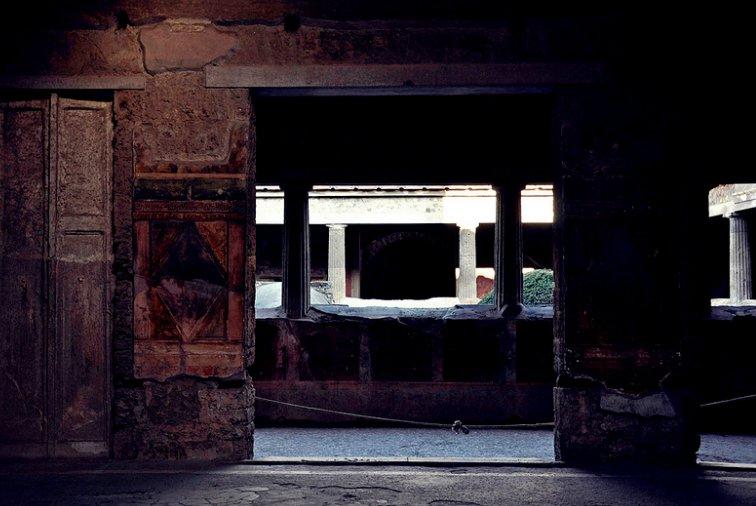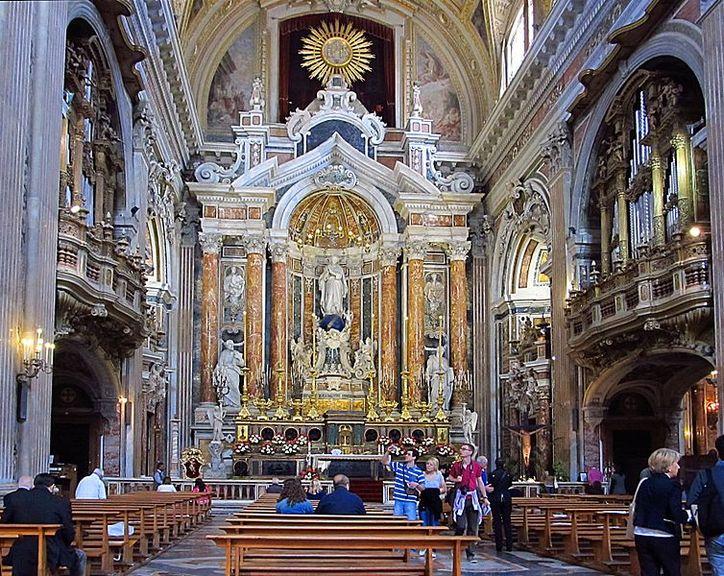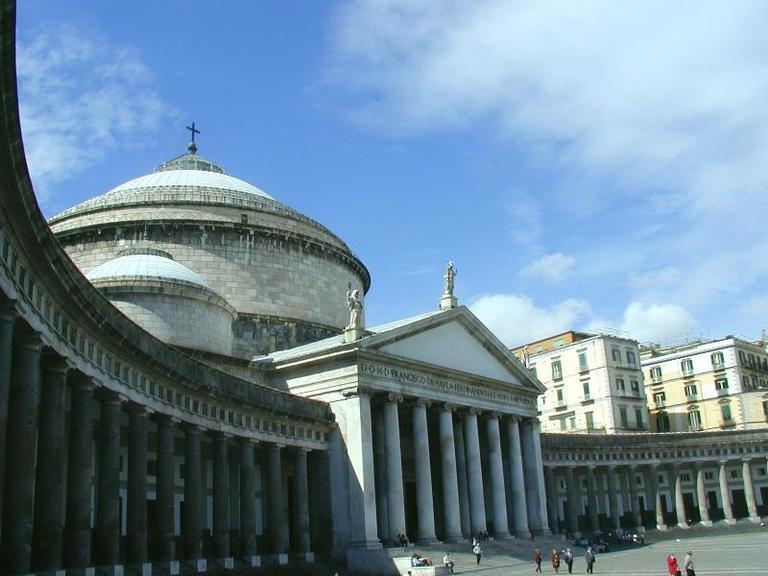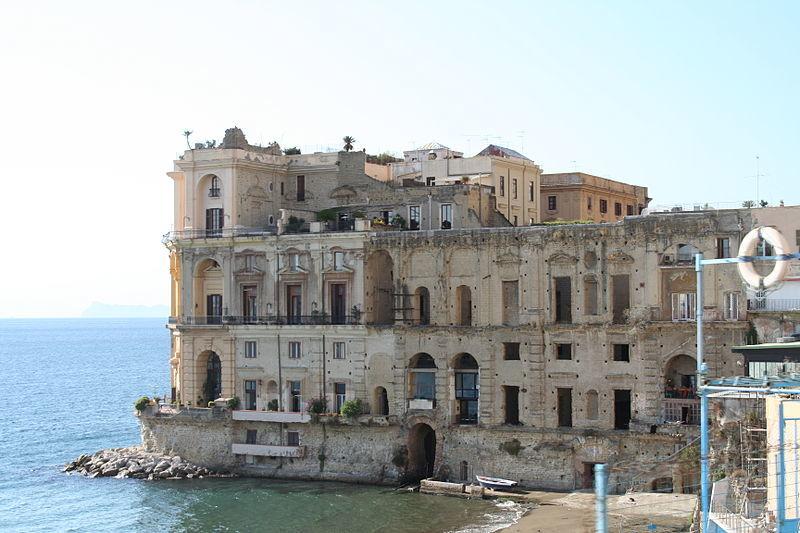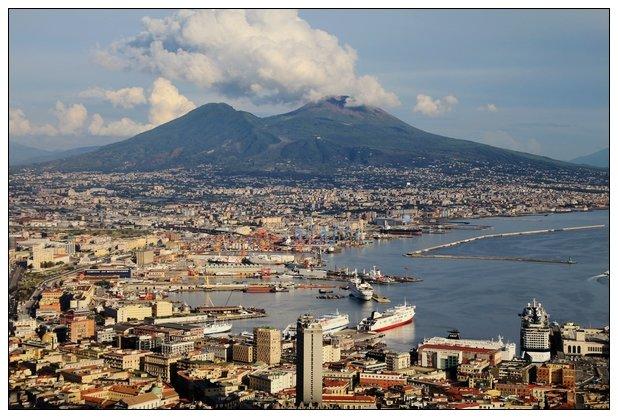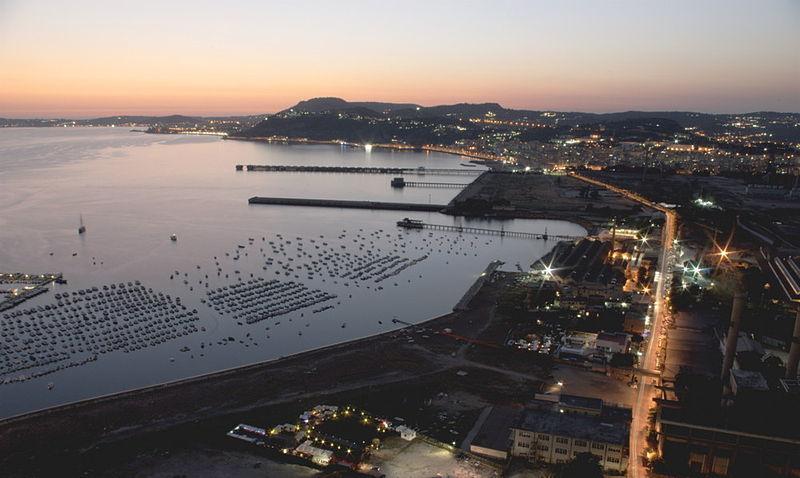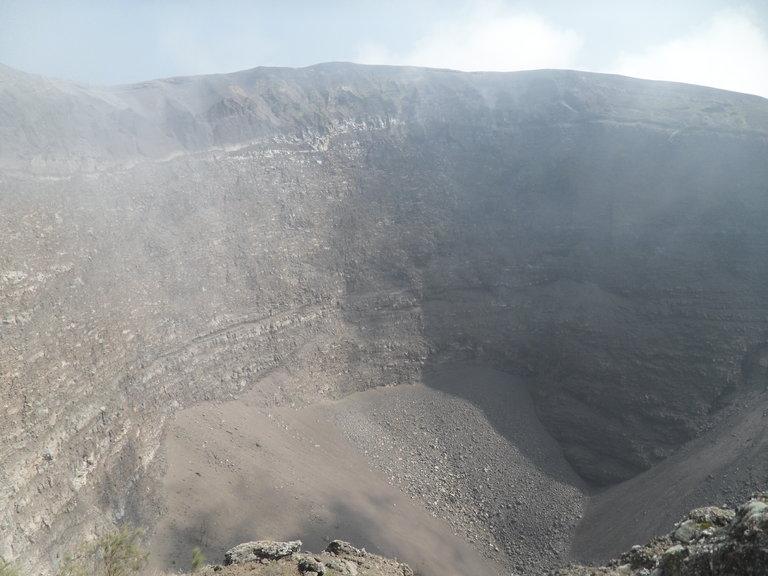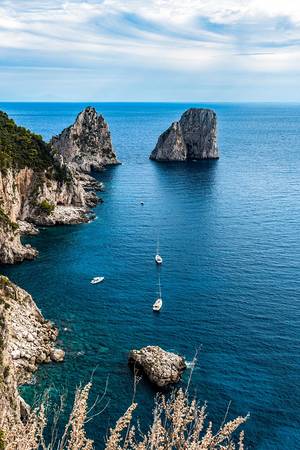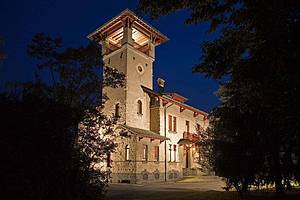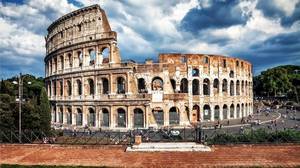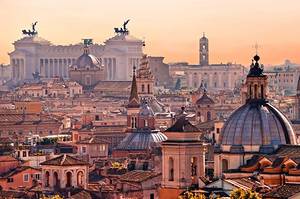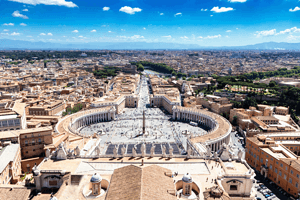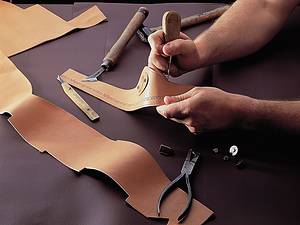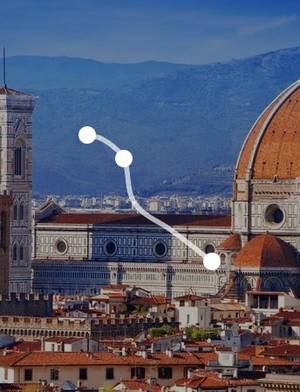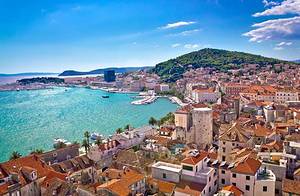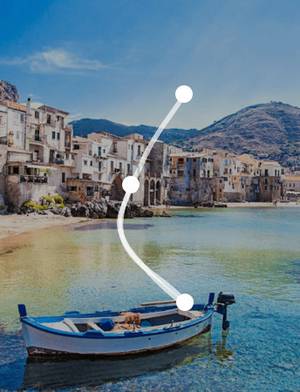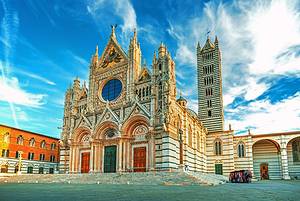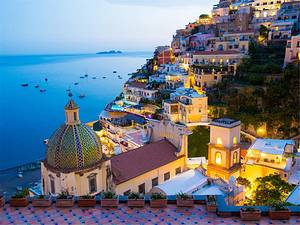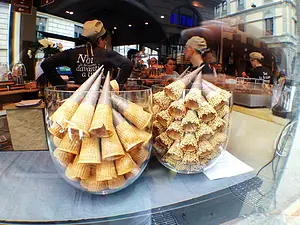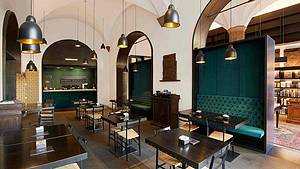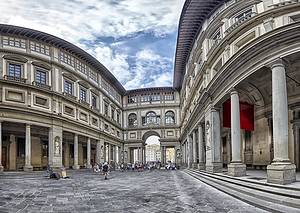Off the Beaten Path in Naples for 3 Days
2 cities |
15 attraction(s) |
total distance 138
km
 TIPS
TIPS
Day1
Day2
Day3
Day1: Naples
4 attraction(s) ·
58 km
1
This museum is the most important archaeological museum in Italy. Most of the collections are excavated from the towns near Naples that were buried by volcanic ash during the eruption of Mount Vesuvius in August 79 AD (such as Pompeii, Stabiae, and Herculaneum). They reflect artifacts from ancient Greece, ancient Rome, and even ancient Egypt, as well as a small number of works from the Renaissance period. The museum has four floors in total. The underground floor mainly stores mummies, the first floor houses various sculptures, mostly depicting naked or half-naked figures in life-size, with a small number of very large and realistic sculptures. The first floor also contains self-service vending machines, automated coffee machines, a bookstore, and various coffins. The second floor has a famous secret room (Secret Room) that is only open to adults. Inside this room, there are wall paintings depicting sexual acts, as well as various sizes and shapes of male organs and a few female organs. The third floor features a magnificent hall that is definitely worth admiring. Overall, the artifacts collected by the National Archaeological Museum are very aesthetically pleasing.
6
km
2
The Naples Royal Palace is located in the city center, near famous attractions like the New Castle and Egg Castle. It has gone through four dynasties and looks ordinary from the outside. However, if you choose to visit the interior, you will be amazed. The palace is extremely luxurious, mainly decorated in gold, yellow, and purple, representing the nobility of the royal family. The palace has many rooms, including the queen's chambers, the council chamber, and the study, as well as exhibitions of royal belongings and paintings of aristocrats. The most noteworthy part is the throne. Besides various paintings, this palace is definitely worth a visit, as words like noble and elegant can't fully describe it.
2
km
3
Egg Castle is the oldest castle in Naples with a history of over 2,000 years. It is said that a wizard placed an egg under the castle, and if the egg breaks, the castle will disappear and bring disaster to Naples. It was a magnificent villa built by Roman nobleman Lucullus, and also the place where the last Western Roman Emperor was exiled by the Roman army. Egg Castle is located by the sea and offers a fantastic view. From the castle, you can enjoy the sea and the sunset through the windows.
52
km
4
The most well-known thing about Sorrento is the famous song "Come Back to Sorrento", which originated from a Neapolitan folk song. It is now a widely known song. Besides that, Sorrento is famous for its beautiful coastline, beaches, and sunshine. It is actually a small town built on a mountain, and one can reach the famous Sorrento coastline by using stairs, elevators, or public transportation to descend from the mountain. The view of the coastline from the mountain is also very pleasant! After enjoying the view from the mountain, one can descend using the stairs next to the elevator, which offers a nice view while going down. In addition, there are some unique churches and small shops in the town, but overall, due to its fame, Sorrento attracts a lot of tourists and the prices are relatively high.
From Naples, you can take a train to Sorrento and buy tickets on the lower level of the train station. There are not many attractions in Sorrento, mainly the coastline and beaches.
Day2: Pompei > Naples
7 attraction(s) ·
50 km
1
The ancient city of Pompeii was once partially destroyed by the eruption of Mount Vesuvius, but it was not taken seriously at the time. Later, the entire city was destroyed by the volcano, as we all know. Pompeii is now famous, but it is essentially a ruin. It is recommended to learn about the history of Pompeii before visiting. The city was preserved after the eruption, allowing us to see the daily life of the people at that time. Many bodies of victims were found during the excavations, and archaeologists made plaster casts of these bodies to show the tragic conditions of Pompeii. Pompeii is very large, and it would take at least 5-7 hours to visit every part. The most attractive aspect of Pompeii is its vibrant and prosperous sexual culture. Don't miss the brothel site (7th region, number 18). In addition, Casa del Fauno (6th region, number 1), Casa dei Vetti (6th region, number 11), Teatro Villa dei Misteri (upper left corner, light green area, number 19), and the Grand Theater (8th region, number 10) are also worth visiting.
1
km
2
Mysterious villa located outside the ancient city of Pompeii, is the most well-preserved structure in the city. Inside the building, there is a long fresco depicting the mythology of the god of wine, which is quite impressive.
28
km
3
The history of the Church of New Jesus can be traced back to the 16th century. It is the most magnificent Renaissance-style architecture in Naples. The church is also one of the oldest churches in Naples, where many important events are held. The original paintings by Giotto were destroyed during World War II and rebuilt later. The church still has the remains of artillery shells from World War II. The exterior of the church is a pyramid-shaped structure made of chiseled stones, which is very unique. Across the church, there are the famous Santa Chiara and Piazza del Gesù Nuovo. Upstairs in the church, there are often various literary lectures and classrooms of the Confucius Institute.
5
km
4
The San Giulia Church is located on the east side of Piazza Nuovo Gesù and is a complex Gothic building known for its exquisite cloisters. The original 14th-century structure was destroyed in 1943 and the current church is a later reconstruction. The low walls in the Nuns' cloisters are adorned with beautiful tiled patterns depicting scenes from the nuns' lives.
4
km
5
Basilica di San Francesco di Paola is a Catholic church in Naples, Italy. It is located on the largest square in the city, Piazza del Plebiscito. The church was built in imitation of the Roman Pantheon and is grand and imposing, with arcades on both sides and a domed roof that is 53 meters high. The square is also home to a statue of Charles III of Naples on horseback. Construction of the church began in the early 19th century under King Gioacchino Murat and was later completed by King Ferdinand IV. It was dedicated to St. Francis of Paola, who had once been a monk in the 16th century.
6
km
6
Donn Anna Villa is a historic building located in Naples, Italy, situated on the waterfront at the end of the Posillipo coast, on the west side of the Mergellina port, in the popular area known as "Rocks of the Siren". Originally named Sirena Villa, it was built by Dragonetto Bonifacio in the early 15th century and later came under the ownership of Anna Stigilano in the 1630s, who changed its name to its current one. In the 1630s, Anna invited architect Cosimo Fanzago to redesign and renovate the building. According to legends surrounding the city of Naples, the villa is associated with tales of murder, sexual revelry, and other scandalous plots involving Queen Joanna I of Naples (1326–1382), the daughter of Charles, and Joanna II.
9
km
7
The highest point of Mount Vesuvius is the Santuario di San Martino, with an elevation of 250 meters. It is a iconic building in Naples, and offers a panoramic view of the city.
Day3: Naples
4 attraction(s) ·
31 km
1
In the park of Naples, the Virgil Garden is another important park besides the Municipal Villa. Named after the Roman poet Virgil, who was buried nearby, the park has beautiful scenery and lush greenery, with a view of the miniature volcanic island of Nisida. The garden has terraces overlooking the entire Naples Bay, offering a breathtaking view that shouldn't be missed. The park is also equipped with playground facilities for children of different ages and gazebos for people to enjoy the summer breeze. There is a small open space in the park where activities are often held during the summer.
7
km
2
Piazza Trieste e Trento, formerly known as Piazza San Ferdinando, is located in the bustling city center of Naples. The square is home to the San Carlo Theater and the Royal Palace of Naples. It is also the starting point of the southern part of Toledo Street. The square connects the elegant Via Chiaia and the commercial street Toledo, which, together with Mille Street, Filangieri Street, and Vomero Street, are known as the "shopping streets." Facing the square is the Ferdinand Church, a 17th-century church that has been preserved to this day. To the south of Piazza Trieste e Trento is a more famous square, Piazza del Plebiscito.
11
km
3
This is one of the ancient cities near Mount Vesuvius that was destroyed in the eruption in August of 79 AD. It is said that Herculaneum was destroyed on the second day after Pompeii. In recent years, archaeologists have found over 300 human remains on the nearby coast, believed to be the result of evacuation during the volcanic eruption. Unlike Pompeii, this city was buried deep under 20-30 meters of volcanic ash, preserving the floor structure of buildings and even wooden furniture (beds, folding doors). More surprisingly, during excavations from 1750 to 1765, nearly 1800 volumes of carbonized papyrus scrolls (Herculaneum Papyri) were found in a house. The widespread use of colorful mosaic decoration in households indicates that the residents here were wealthier than those in Pompeii. Although smaller in scale than Pompeii, excavation work has been ongoing for over 200 years and is far from finished. In 1997, it was inscribed on the World Heritage list by UNESCO.
14
km
4
Mount Vesuvius is the only active volcano on the European mainland. It is the largest active volcano on the Italian Peninsula, resulting from the Eurasian and African tectonic plates colliding. It is currently in a dormant state but has had many eruptions in the past, including the catastrophic eruption in 79 AD that destroyed the famous city of Pompeii. Mount Vesuvius is considered one of the world's most dangerous volcanoes, with its most recent eruption occurring in 1944. It can be hiked, and it takes about 20-30 minutes to reach the crater along the volcanic rock slope. The winds can be strong at the summit, so handrails are provided for safety during the ascent.
